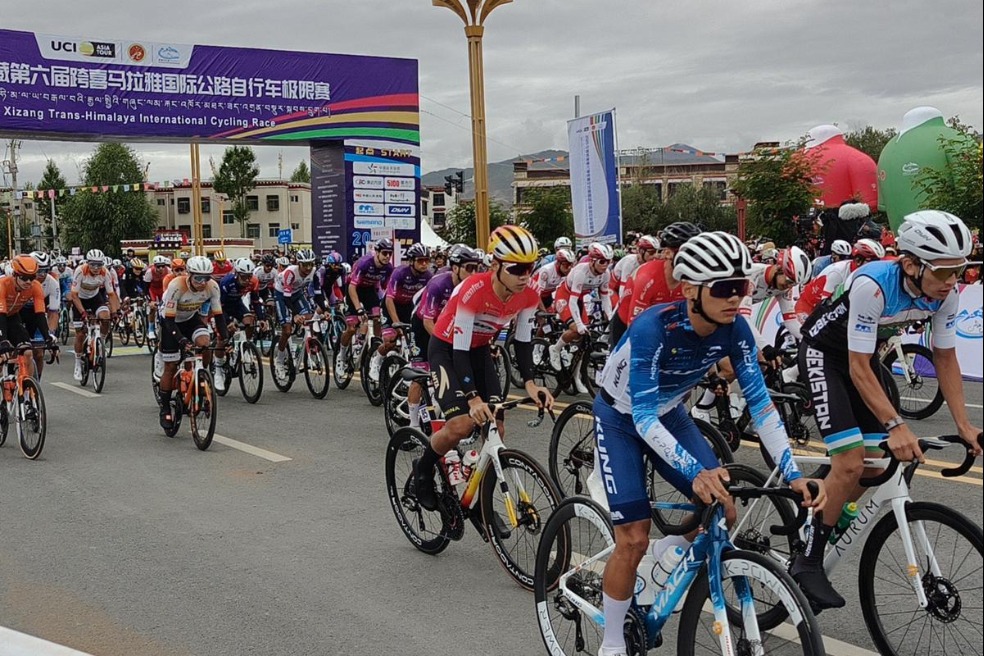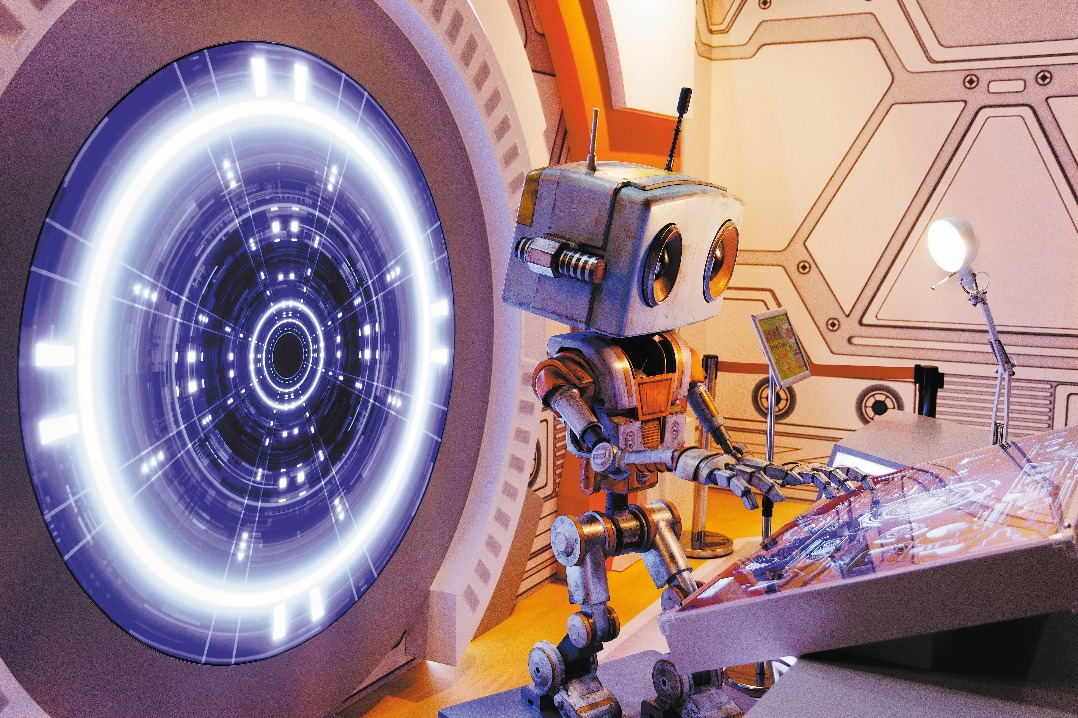BACK TO BASICS
Sports doctor advocates for a better approach to spinal health among young patients, to better prevent a wide range of maladies later in life, Li Yingxue reports.

Crooked posture, vision problems, digestive issues, and even allergies — while these health woes may appear unconnected, one expert suggests they could share a common origin: spinal health issues.
Li Yanhu, esteemed director of the sports health medical research center at the National Institute of Sports Medicine, which is under the General Administration of Sport of China, elucidates this critical link, highlighting the spine as the cornerstone of vitality.
"The spine serves as the body's fundamental support system, tasked with bearing weight, providing structural integrity, and facilitating essential functions such as movement and shock absorption," Li explains. "Yet, its significance is frequently underestimated, overshadowed by more apparent health concerns."
Emphasizing the pivotal role of early intervention, Li advocates for a paradigm shift in healthcare practices, urging a holistic approach that, from infancy, prioritizes spinal health.
As medical discourse increasingly turns its gaze toward preventive care, the spotlight now falls on the spine — a silent sentinel, the welfare of which profoundly influences overall well-being.
For the past 15 years, 57-year-old Li has been passionately spreading awareness about spinal health, especially among teenagers. He travels nationwide, tirelessly promoting a "teen spine project".
Through talks, research, and teaching exercises, like stretching and bedtime routines, he aims to help youngsters protect their spines from a young age. His mission? To ensure fewer kids suffer from back problems.
A personal mission
Li graduated from the Beijing University of Chinese Medicine in 1988, specializing in acupuncture and massage. For 20 years, he served as a physical therapist for China's national table tennis, track and field, and tennis teams.
"I'm proud that during my 15-year tenure with the table tennis team, none of the players missed a match due to injury," Li says.
After his career with Team China, Li pursued advanced studies in sports medicine, earning both a master's degree and a doctorate. Today, he also works as a doctor at the Sports Hospital of the National Institute of Sports Medicine.
However, his deeper interest in spinal health began with his daughter. In 2008, at just 7 years of age, she battled severe scoliosis, which resulted in significant damage to her jaw, facial structure, and overall well-being. Despite consulting numerous doctors, Li couldn't find a satisfactory solution.
Given his expertise in treating patients with spinal pain, Li took it upon himself to explore treatment options for his daughter. After over a decade of therapy, she has now fully recovered.
"It was a tough journey back then, enduring all the pain of treatment," Li recalls. Today, seeing his daughter standing graceful and healthy brings him immense joy.
Li also noticed that many of the patients seeking treatment and struggling with spinal disorders were adolescents. Some suffered from severe facial asymmetry due to scoliosis, which, in some cases, even led to depression.
He once treated a patient who came to him with scoliosis, but also had allergic rhinitis, autism, depression and constipation. She was in poor health and couldn't even run.
"For years, she'd been to many hospitals seeking help, and her parents felt as hopeless as I did when I first faced my daughter's condition," Li recalls.
Exams revealed her scoliosis had deformed her chest, impairing her lung and heart function, Li says. After two months of treatment, her scoliosis improved significantly, and her cardiopulmonary function recovered.
During continued care, her constipation, depression, allergic rhinitis and facial asymmetry issues improved. Many, including her parents, were amazed at the results.
"In medicine, the approach matters. While we follow standards, we mustn't be bound by tradition. Some complex cases require breaking tradition and taking a holistic approach to find breakthroughs in recovery," Li stresses.
After years of research, he discovered that many patients only see spinal issues as joint problems. However, the spine is crucial for overall health, and problems with it affect the whole body.
"The spine houses the central nervous system, and when it's deformed, it puts pressure on the nerves and blood vessels, affecting circulation and balance. This can lead to nerve pain, reduced blood flow to the brain, and hormonal imbalances. In severe cases, it can even cause vision, smell, and hearing problems," Li explains.
He points out that the physical changes and facial asymmetry caused by scoliosis are just surface signs. Many children experience memory loss, headaches, insomnia and behavioral issues due to spinal problems, but parents and teachers often overlook this.
"When we move, our posture affects the pressure on different body parts. Adolescents, in particular, are still growing, so if their posture isn't right, it can affect their development," Li says. "Many parents, teachers, and kids don't realize the consequences of poor posture."
Since witnessing his daughter's difficult recovery from scoliosis and seeing numerous adolescents and their parents struggle with the condition, Li has been passionately promoting adolescent health education.
"Scoliosis has become the third major health threat to children and teens in China, after obesity and myopia," Li states.
Data from the Chinese Preventive Medicine Association's Spinal Disease Prevention and Control Committee shows that over 5 million primary and secondary school students in China are affected by scoliosis, with around 300,000 new cases each year.
Li now leads two special projects at the General Administration of Sport of China: Adolescent Spine, Vision and Cardiovascular Health, and Public Health Education. Each project has launched various programs, such as the Adolescent Spine and Vision Health Manual and a 90-second exercise to address spinal health among young people.
But just having effective methods isn't enough; it's about putting them into action. Li emphasizes the need to build a comprehensive spinal health management system involving the government, schools, healthcare workers, teachers, parents and children.
"Emphasis on spinal health should start from birth," Li says. Educating parents on proper practices, like holding and breastfeeding infants, is crucial. Incorrect posture during breastfeeding can also lead to issues like cervical distortion in mothers, which Li says contributes to postpartum depression.
"Early education on topics like sleeping and crawling for infants is essential," he says. "This is true proactive health management, focusing on prevention."
Additionally, he says that it's essential for adolescents to undergo spinal health assessments, which can help determine their spinal health status and identify scoliosis patients early. Targeted physical exercises, such as spinal health routines, can aid intervention efforts, helping adolescents develop good posture and promote healthy growth.
"This is a prime example of blending sports and medicine," Li remarks. He stresses that in the past, the importance of prescribed exercises hadn't been fully recognized.
Some healthcare professionals used to believe that observing children with potential scoliosis was enough. However, in sports medicine, there are various methods to intervene early and prevent the need for surgery.
In 2021, the National Health Commission mandated scoliosis screening in the annual physical examinations for primary and secondary school students, adding it to their health records. Li sees this as a significant step forward, and a tangible commitment to promoting proactive health initiatives.
It's great outdoors
Having dedicated years to spinal health, Li says that his understanding of the subject has steadily grown and accumulated.
With increasing responsibilities, his schedule has become busier. In addition to his hospital duties and supervising students, he travels nationwide to give lectures and conduct research. His speaking pace matches his bustling daily agenda.
Last year, Li took on a new role, that of a member of the National Committee of the 14th Chinese People's Political Consultative Conference, and feels the weight of that responsibility.
For two consecutive years, his proposals have been related to the spinal health of adolescents. This year, his suggestion to extend recess between classes at elementary schools from 10 minutes to half an hour sparked discussion on social media.
During his research, Li found that although the overall physical fitness of Chinese children and adolescents has improved in recent years, issues such as obesity, myopia, spinal curvature and psychological disorders still persist. One significant factor contributing to these problems is the prolonged sedentary behavior and lack of exposure to sunlight among children.
Li explains that research indicates children who engage in outdoor activities for two hours a day in the sunlight can significantly improve their vision. Exposure to sunlight allows children to release pent-up negative energy accumulated from prolonged indoor confinement, leading to a more positive mindset.
Li's proposal has gained significant support from other political advisers. Olympic table tennis champion Wang Liqin, a member of the 14th CPPCC National Committee, also suggested extending outdoor break times.
"Even though children have more exercise time now compared to the past, there's still a gap to reach the recommended 1.5 hours of daily outdoor activity," Wang says. In his proposal, he wrote that he hopes to extend break times to encourage children to leave the classroom and spend time outdoors after class.
Working with the national team has taught Li the crucial importance of sports for both physical and mental well-being. "Sport is the best teacher of resilience and success," he says.
"I think we should encourage children to stay physically and mentally healthy through aerobic exercise and outdoor activities."
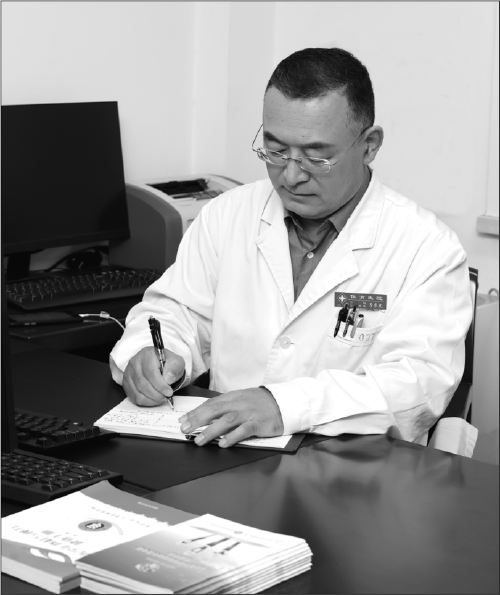
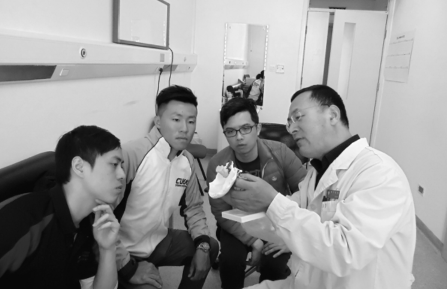
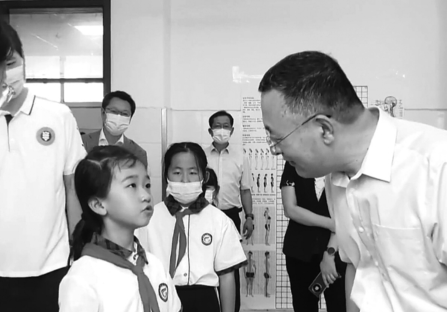
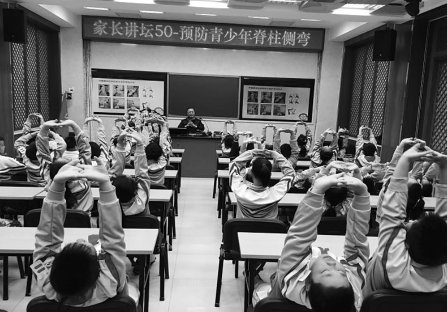
Today's Top News
- Chengdu games hailed as the new benchmark
- Xi, Lula pledge to deepen China-Brazil cooperation
- China, US reach deal to extend tariff suspension
- Demand for?Nvidia’s H20 chip lackluster
- Washington not incarnation of justice: China Daily editorial
- Tariff truce gains time for talks although some tough issues remain to be resolved
















